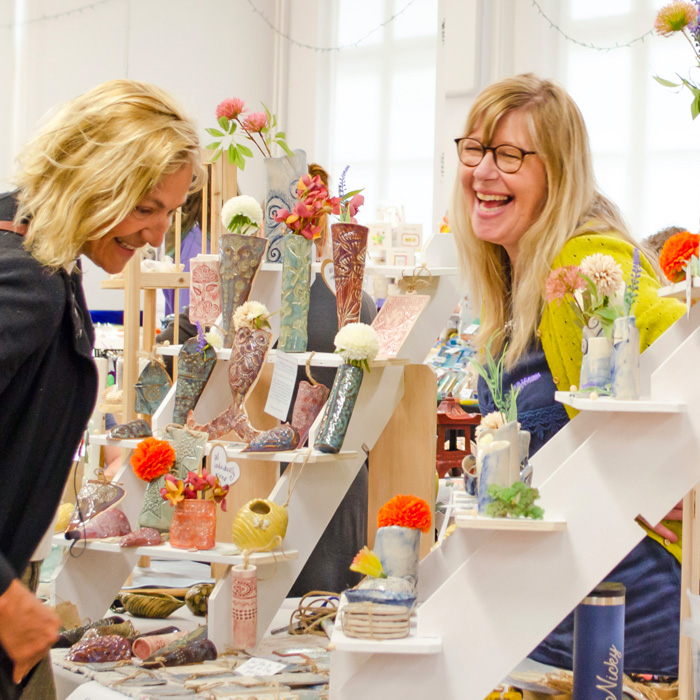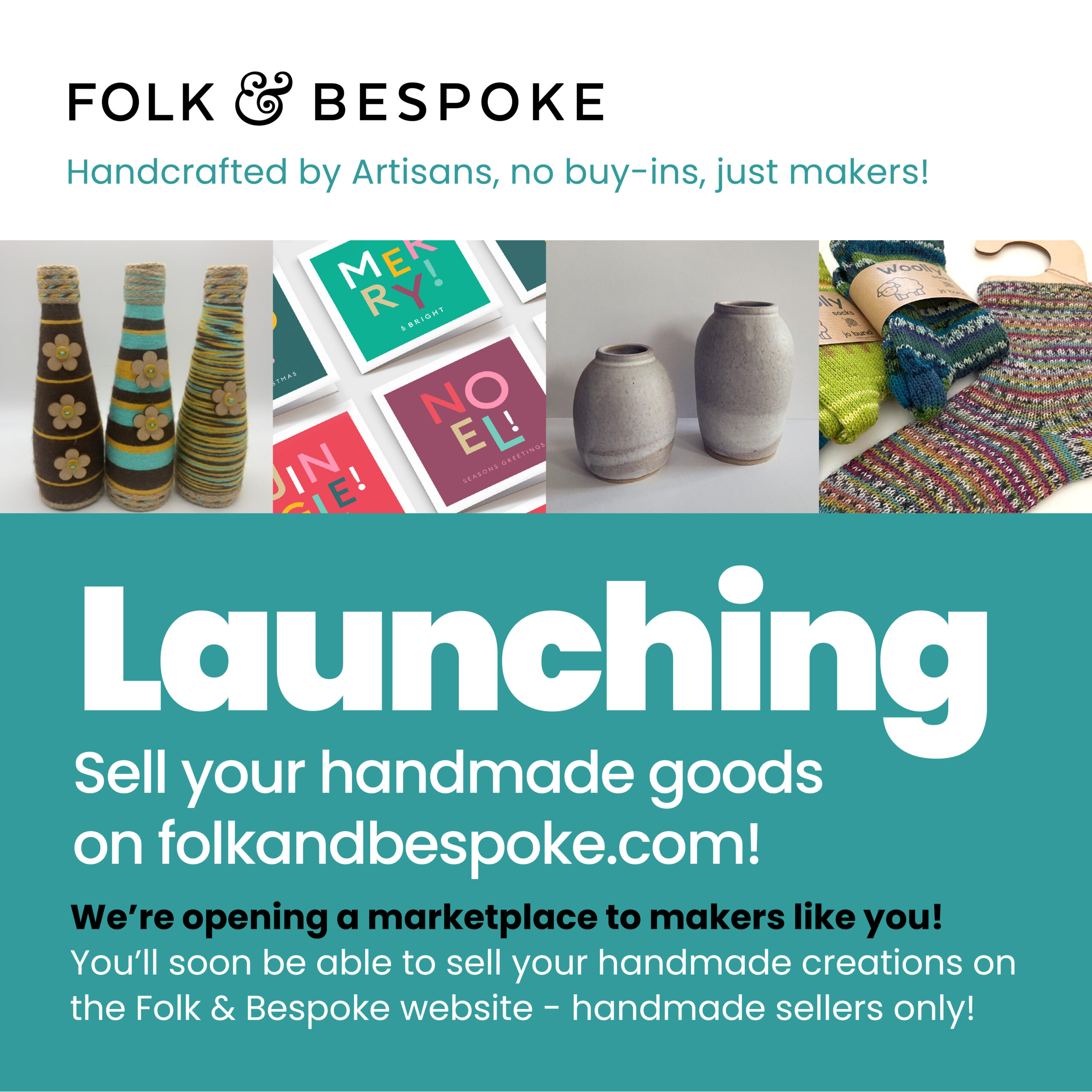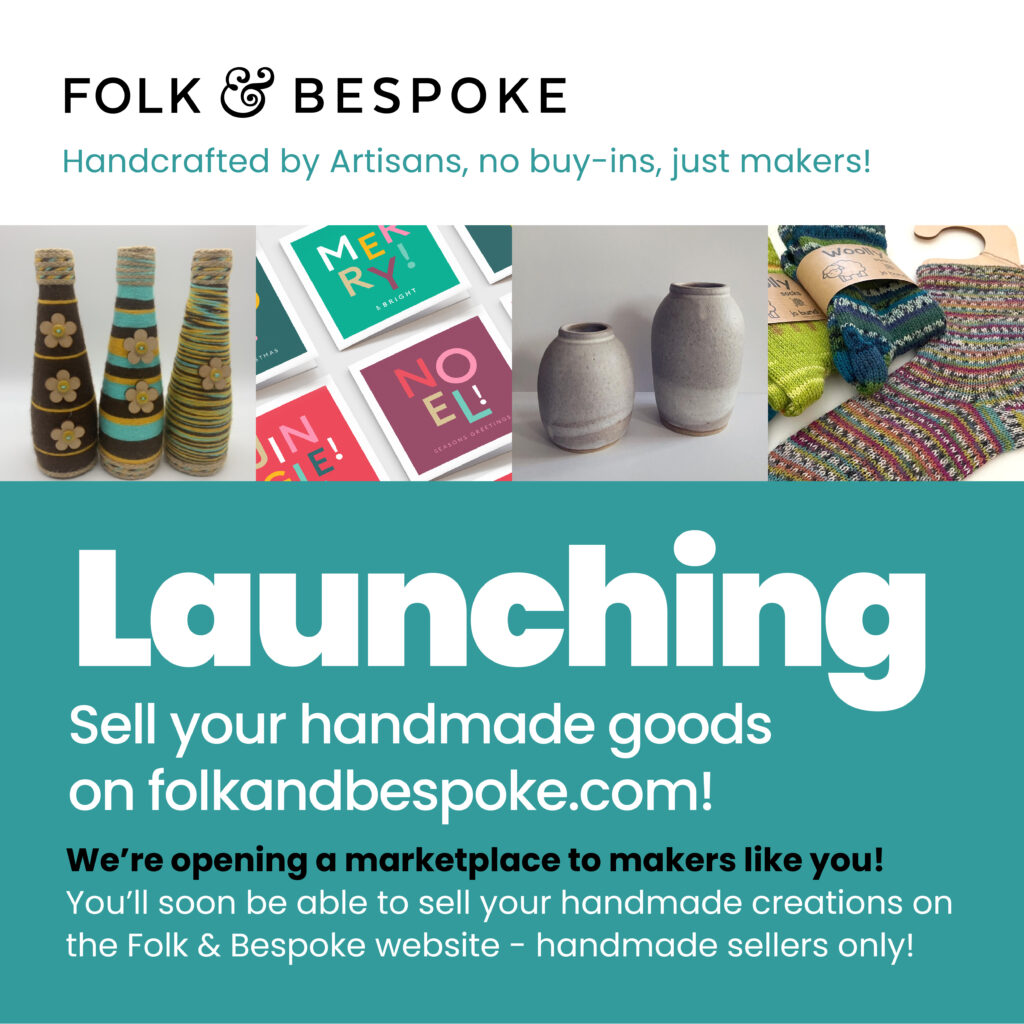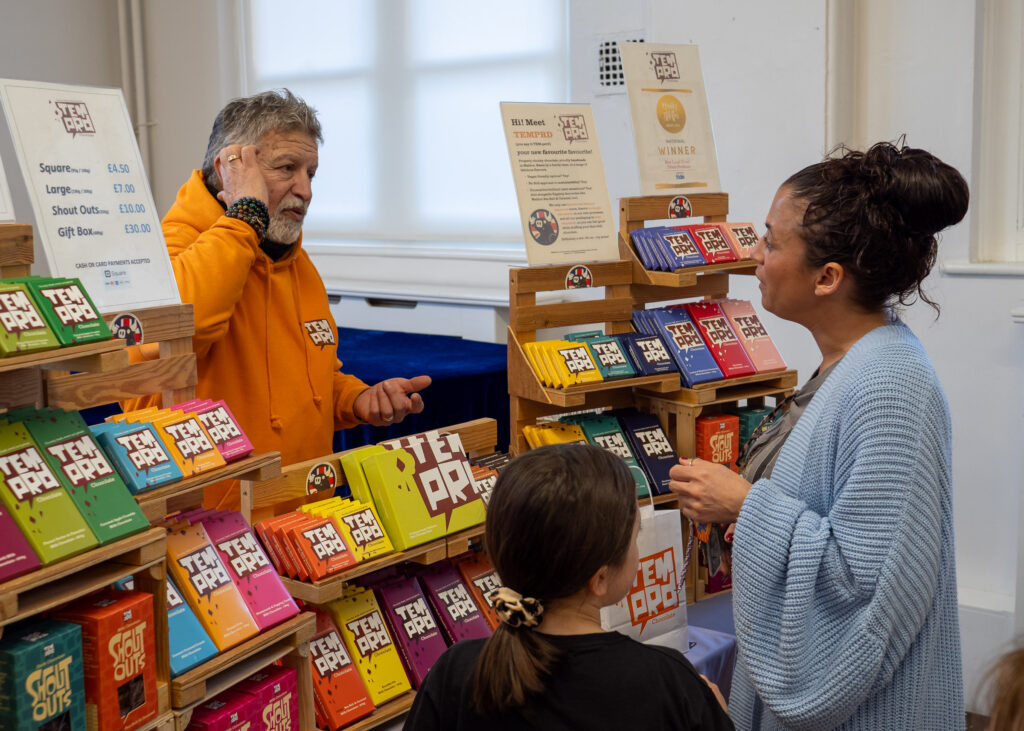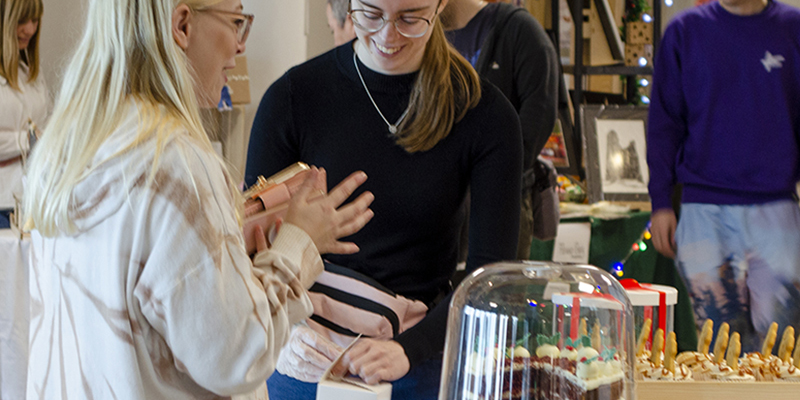
The Art of Building Momentum: Sustaining Energy Throughout Your Sales & Launch Process

Launching something new, whether it’s a product, service, or creative project can feel like a rollercoaster. At first, excitement’s high, ideas are flowing, and your energy’s buzzing. But as the weeks unfold, it’s easy for that spark to flicker out. The key to a successful launch isn’t just starting strong, it’s maintaining momentum right to the finish line.
So, how do you keep your energy steady (and your audience engaged) from start to finish? Let’s dive in.
1. Start with a Clear Vision (and Break It Down)
A successful launch doesn’t happen by accident, it thrives on clarity and structure.
Before you start sharing your idea with the world, take time to map out your goals:
What does success look like for this launch? Is it a certain number of sales? Building awareness? Growing your audience?
What are the key milestones? Think of your launch like a journey; what needs to happen before, during, and after to make it a success?
What’s your timeline? Break the process into manageable stages so you know when to focus on building awareness, creating excitement, and making that all-important final push.
Big goals feel less overwhelming when they’re broken into smaller, achievable steps and ticking off those steps keeps you motivated.
2. Create a Buzz Before You Even Launch
Momentum doesn’t begin on launch day, it starts weeks (or even months) before.
Tease your audience. Share sneak peeks, behind-the-scenes glimpses, or hints about what’s coming. Curiosity keeps people interested.
Involve your audience. Ask questions, invite feedback, or let them vote on small details — the more invested they feel, the more likely they’ll support you when launch day arrives.
Build anticipation. Countdowns, “coming soon” posts, or a special ‘first look’ for your loyal followers can all create excitement.
Think of it like lighting a campfire, you need to build a strong flame before it can really catch.
3. Pacing is Everything
A launch isn’t a sprint, it’s more like a long-distance hike. If you pour all your energy into the first few days, burnout can creep in fast.
Instead, plan your energy in waves:
Start strong. Grab attention early with your biggest announcement or most exciting teaser.
Keep it steady. Follow up with consistent content, customer stories, behind-the-scenes posts, or value-packed tips related to your offering. Finish with impact. As your deadline or launch day nears, bring the energy back up with bold reminders, urgent messaging, and powerful calls to action.
Your audience’s attention naturally ebbs and flows and your content should mirror that rhythm.
4. Share Stories, Not Just Sales Pitches
People connect with people. While it’s tempting to focus purely on product features or discounts, it’s storytelling that builds lasting engagement.
Share the journey behind your launch, why this idea matters, what inspired you, or the challenges you overcame.
Highlight the people involved, from your creative process to customer feedback shaping the final product.
Showcase how your product or service fits into your customers’ lives and paint a picture they can see themselves in.
Stories create emotional connection and that’s what turns interest into action.
5. Keep Showing Up (Even When It Feels Quiet)
Momentum can feel tricky when engagement dips. Maybe comments slow down, or sales don’t spike the way you hoped. Don’t panic — this is normal.
The key? Consistency.
Post regularly, even if responses feel slow.
Talk about your product in different ways, some people respond to stories, others need clear facts.
Be creative, swap standard posts for videos, behind-the-scenes glimpses, or Q&A sessions to keep things fresh.
Momentum isn’t built on viral moments alone, it’s created by showing up, time and time again.
6. Nurture Your Energy Along the Way
Your energy fuels your audience’s excitement, so protecting it is crucial.
Schedule rest breaks to recharge (seriously, your best ideas often arrive away from your desk).
Celebrate small wins, each sale, sign-up, or positive comment is proof you’re making progress.
Lean on your community, share your journey honestly and let your supporters cheer you on.
A launch is a marathon, not a sprint, look after yourself so you can sustain your enthusiasm.
7. Finish Strong (and Celebrate Loudly!)
When your launch window is nearing its end, don’t let the energy fizzle out. Instead:
Add urgency. Use countdowns, ‘last chance’ messages, or limited-time bonuses to encourage action.
Celebrate milestones. Hit a goal? Shout about it! Momentum thrives on positivity.
Show gratitude. Thank your supporters, even if they haven’t purchased, connection goes far beyond sales.
And once it’s all done? Pause. Breathe. Celebrate what you’ve achieved, no matter how big or small. Every step is progress.
Momentum Isn’t Just About Speed. It’s About Staying Steady
The most successful launches aren’t the loudest or fastest — they’re the ones where energy is nurtured, creativity is embraced, and consistency leads the way.
So trust the process, stay adaptable, and remember, your audience doesn’t just want what you’re selling; they want to feel part of your journey. Keep them curious, engaged, and inspired and your momentum will carry you all the way through.
Have a lovely day!
Love, Katy x






